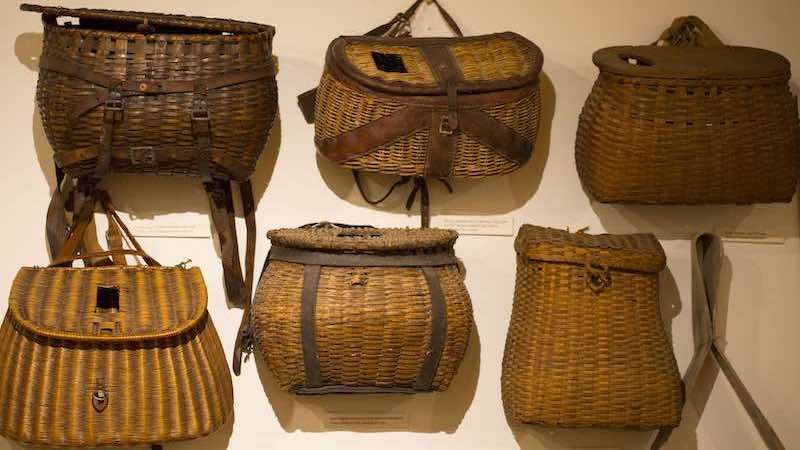
One of the most artistically beautiful categories of fishing collectibles is the fishing creel. Creels are among the oldest items of tackle. These fish and tackle carriers date back to the 1600s or possibly earlier.
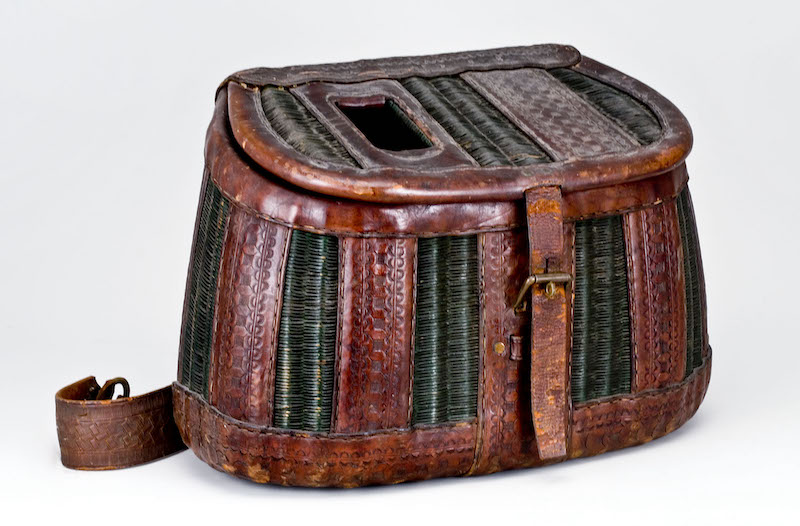
Wicker, wood, and even leather creels have been popular over the ages, particularly in older times when fishermen killed most of their catch, filling their creels lined with fresh ferns or leaves with fat brown or brook trout.
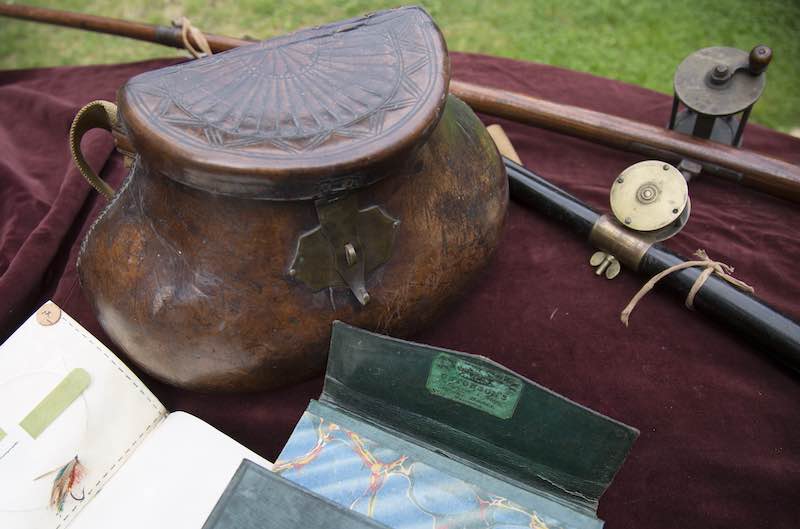
Leather creels became popular in England in the 17th century and their often bulbous shape and fine craftmanship make them quite attractive examples of the angling arts. Some other European creels were much heavier, made of cedar or walnut.
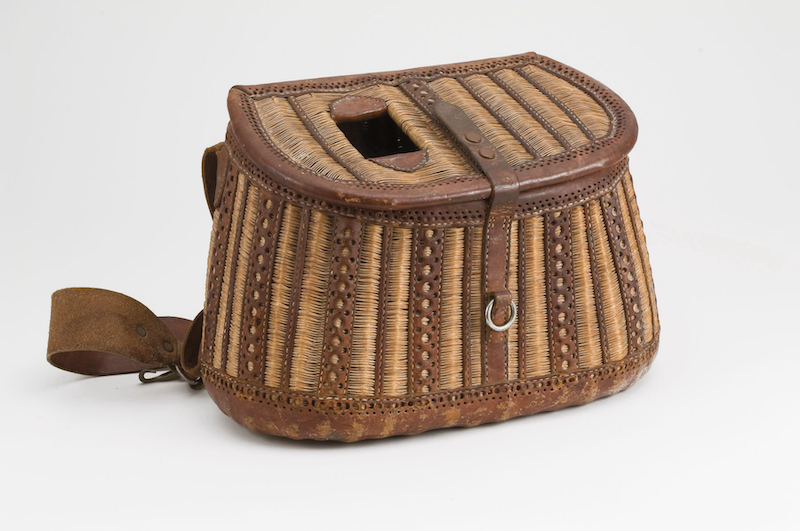
In America, the art of the creel reached its most innovative and aesthetically pleasing heights, first with the early Native American designs with birch bark, split wood, and willow, and then with the fine leathermakers and craftsmen of the Pacific Northwest.

While the Native Americans perfected the intricate weaving techniques for the baskets, many later American creels benefited from the craftsmanship of the Western saddle and tack makers. To improve their durability in the field, creels were often reinforced with leather around the lid, on the bottom, around the latch, or near the hole where the fish were slid in.
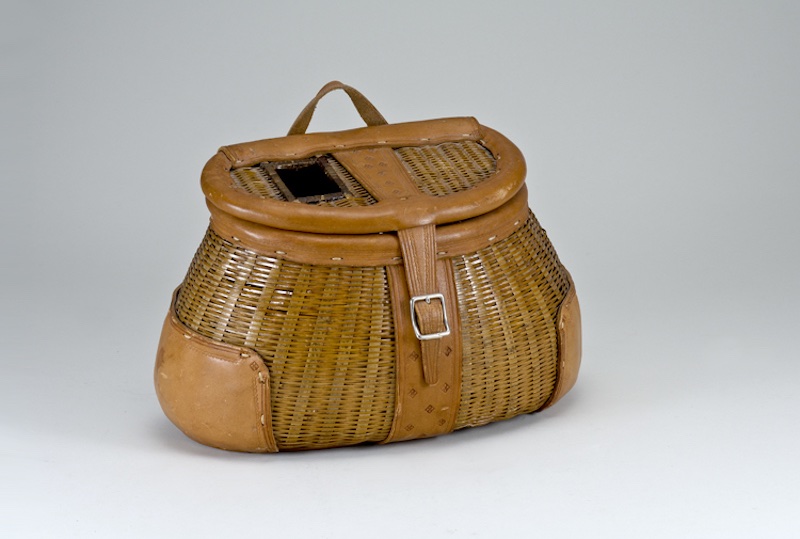
The best book on creels “The Art of the Creel” by Hugh Chatham and Dan McClain features some of the most attractive and collectible creels from such famous makers as Lawrence, Clark, Turtle, Schnell, McPhearson, Nelson, Kenns, Peters, Cumings, Shaker and McMonies.
Steve Woit is the author of “Fly Fishing Treasures: The World of Fly Fishers and Collecting”, a book featuring profiles of 30 experts and collectors and over 800 photographs of rare and collectible fly rods, reels, flies, books, and ephemera.
The perfect gift for the holidays. Use special code MOLDY10 to get $10 off the cover price.






“Can you see anything?” Lord Carnarvon asked.
“Yes, wonderful things!” Howard Carter, the discoverer of Tutankhamun’s tomb, peeping through a small hole that the Egyptian excavators had made in a wall at about this time of year in 1922, replied.
Same here, now.